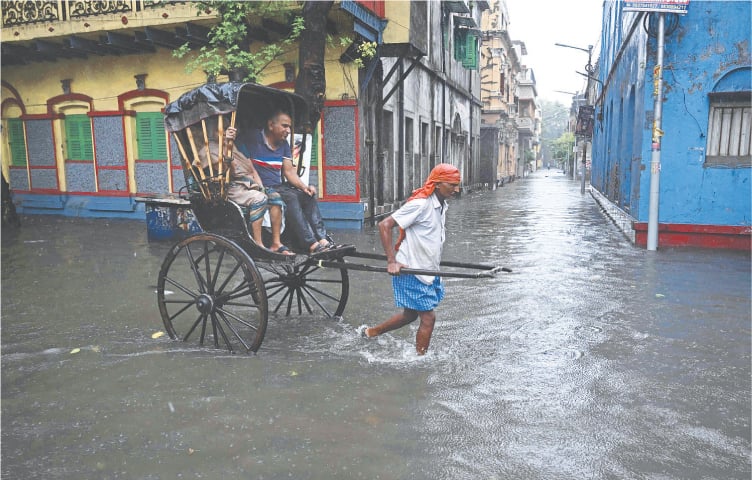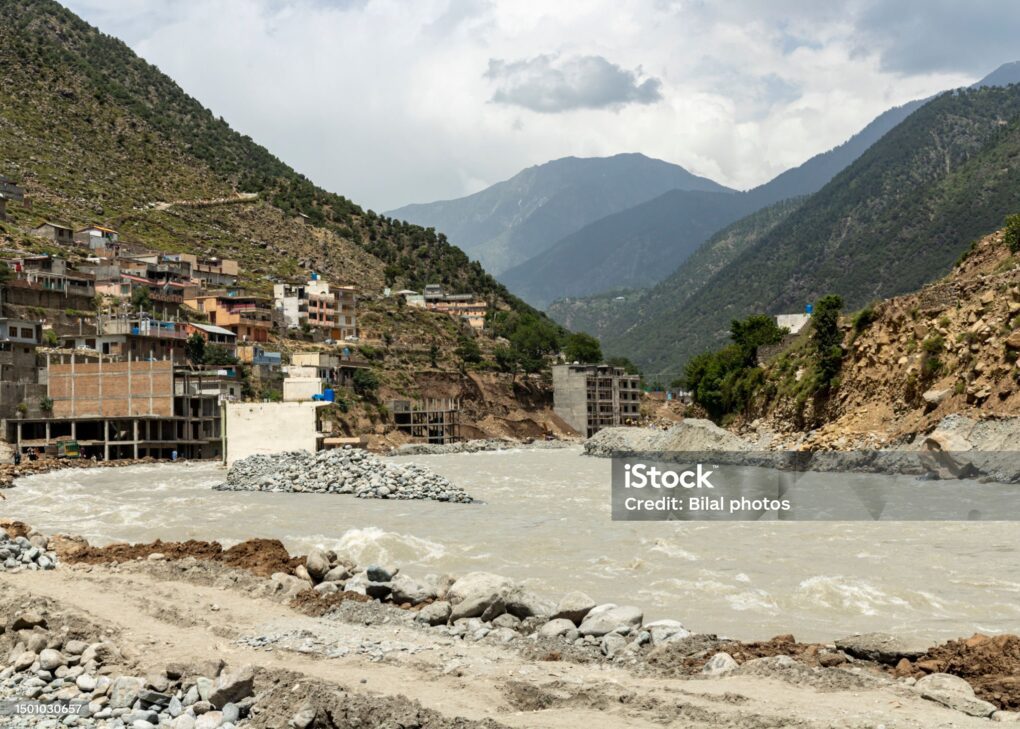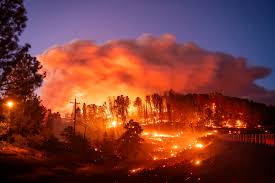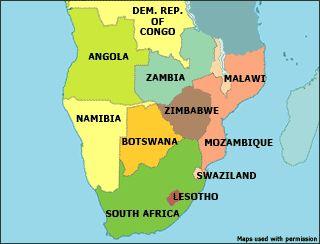At least 23 people have been reported killed so far after ‘Cyclone Remal’ hits coastal areas of India and Bangladesh. The storm killed 13 people in Bangladesh, and it damaged or destroyed more than 35,000 homes across the coastal areas, affecting about 3.5 million people, according to officials. More than 13 million people there lost electricity on Monday evening, according to power ministry officials, according to The New York Time.
Earlier, Mohibbur Rahman, the country’s state minister for disaster, told reporters, “at least 10 people were killed in the cyclone” in Bangladesh, A handful of people ‘drowned’, whilst others were ‘crushed’ after their houses collapsed. “A total of 3.75 million people have been affected, 35,483 homes were destroyed by the cyclone and another 115,992 homes were damaged” Rahman conveyed of the damage in Bangladesh, alone.
The storm also caused power outages and damaged homes in the Indian state of West Bengal. On Tuesday, officials said that at least 10 people were killed, with several more missing, after heavy rains from the remnants of the cyclone caused a stone quarry to collapse in the north-eastern Indian state of Mizoram, which neighbours Bangladesh.

Millions of individuals in low-lying areas across Bangladesh and India on Monday ‘surveyed tangled wreckage’, left behind by the powerful cyclone. The climate-related event besides killing at least 23 people, destroyed thousands of homes, smashed seawalls and flooded cities.
In recent decades, cyclones have killed ‘hundreds of thousands’ of people in Bangladesh. However, the number of superstorms hitting its densely populated coast has increased drastically, from around one a year to as many as three, owing to the detrimental impacts of ‘climate change’.




